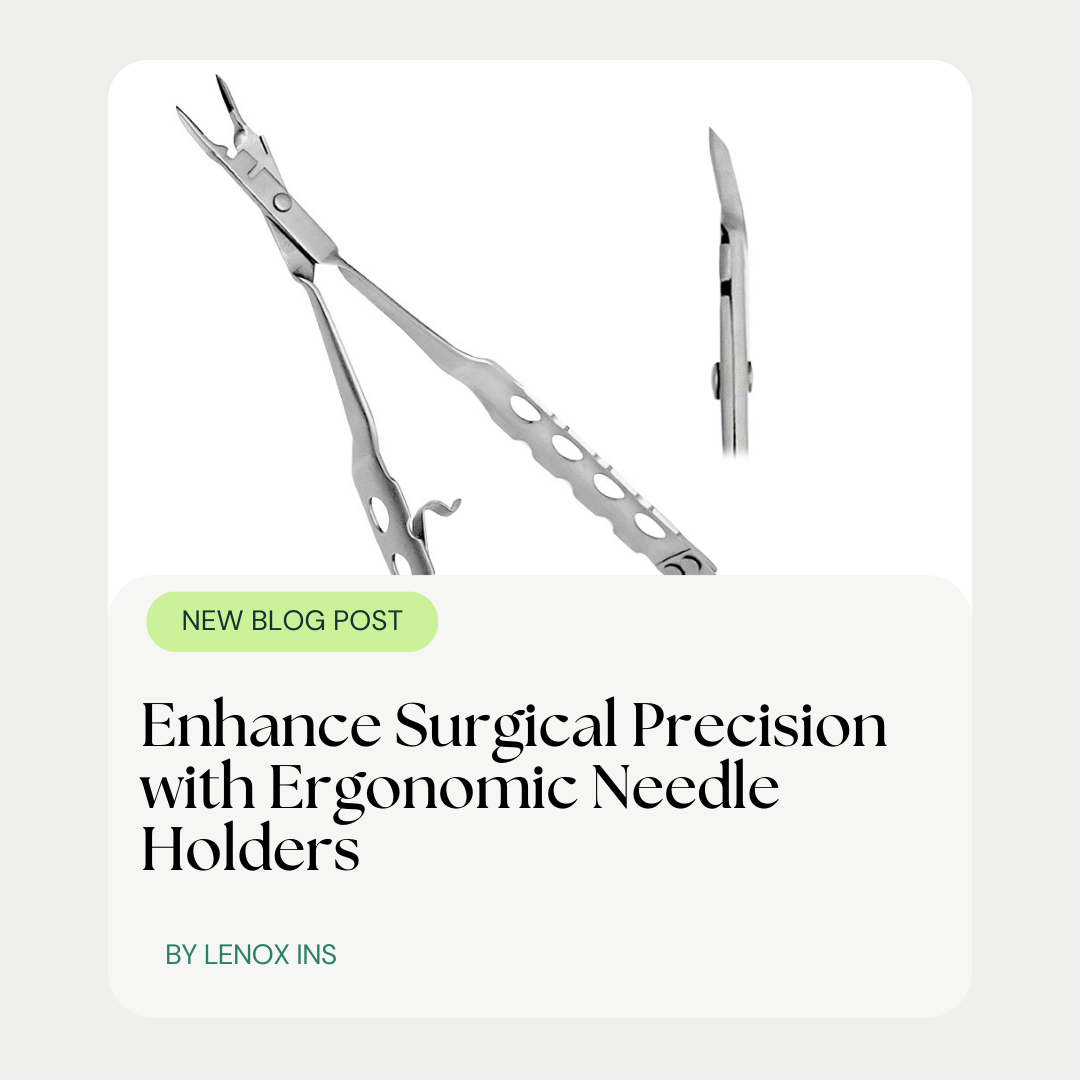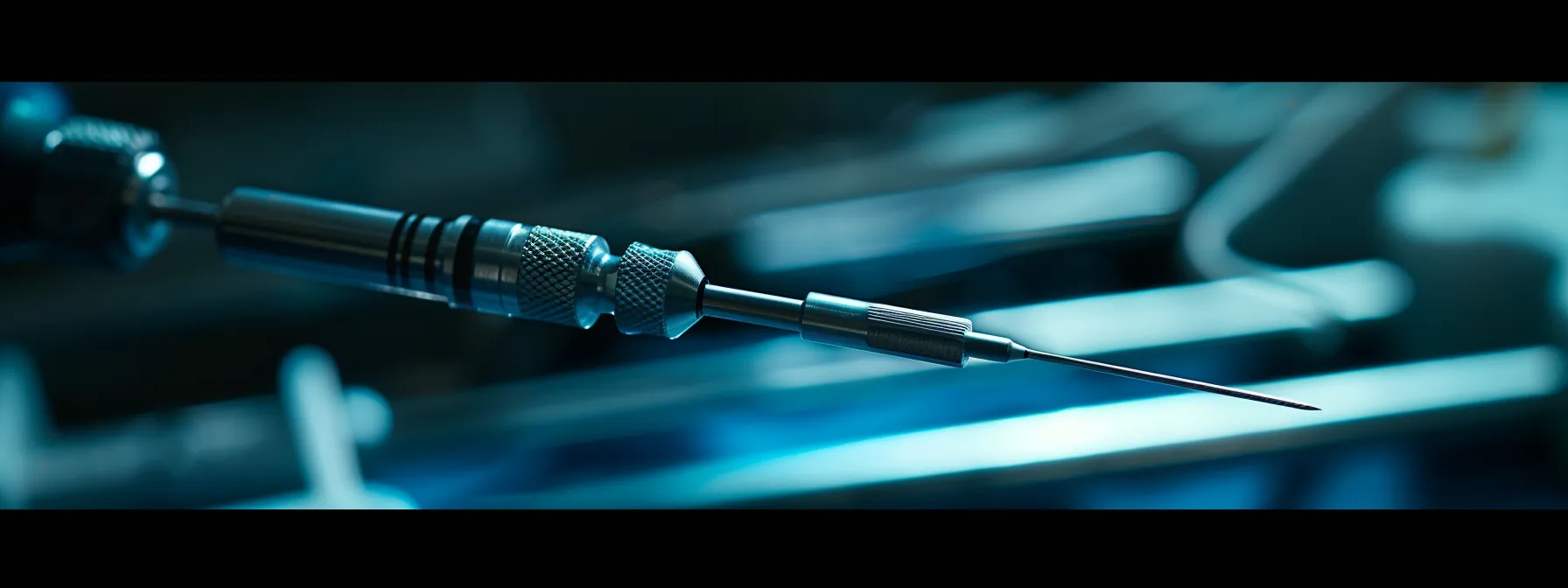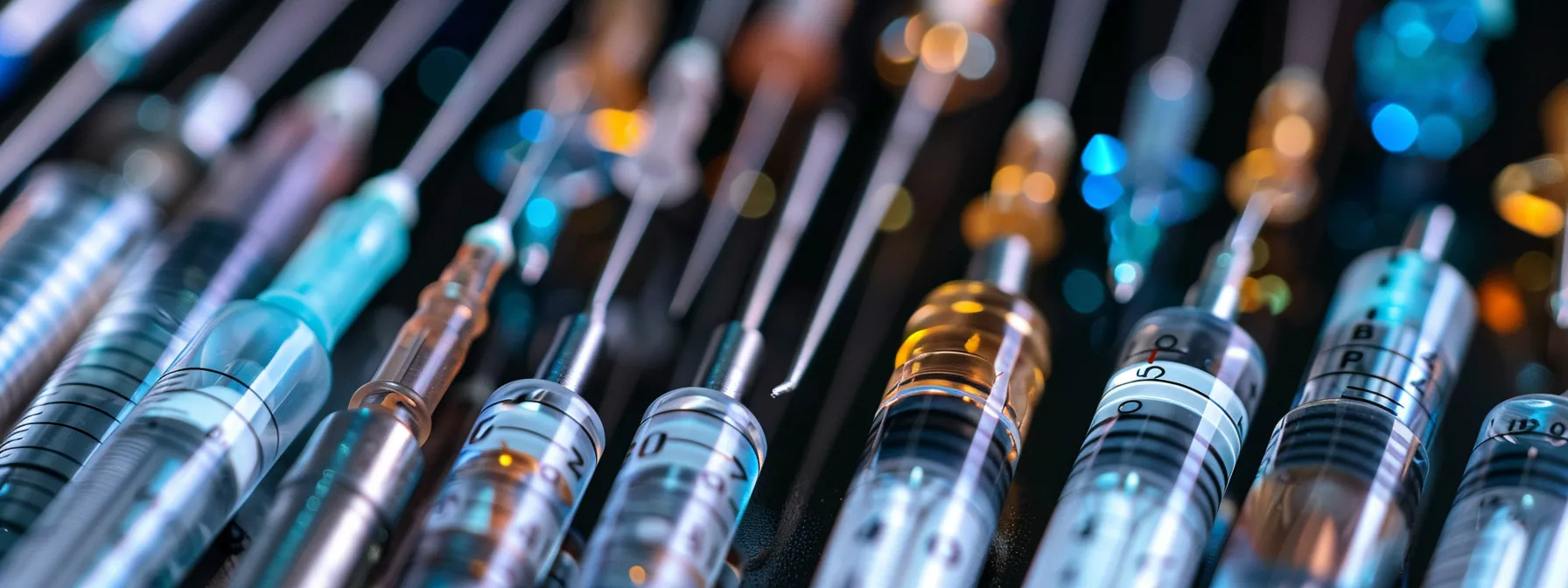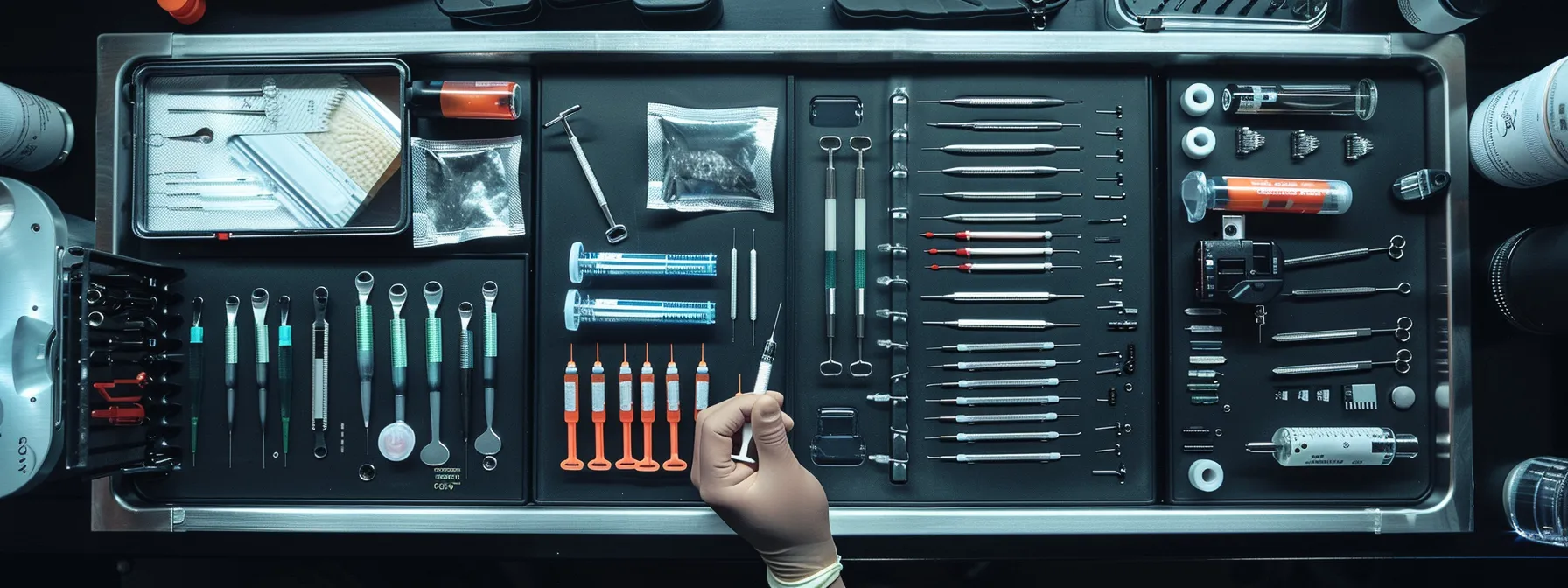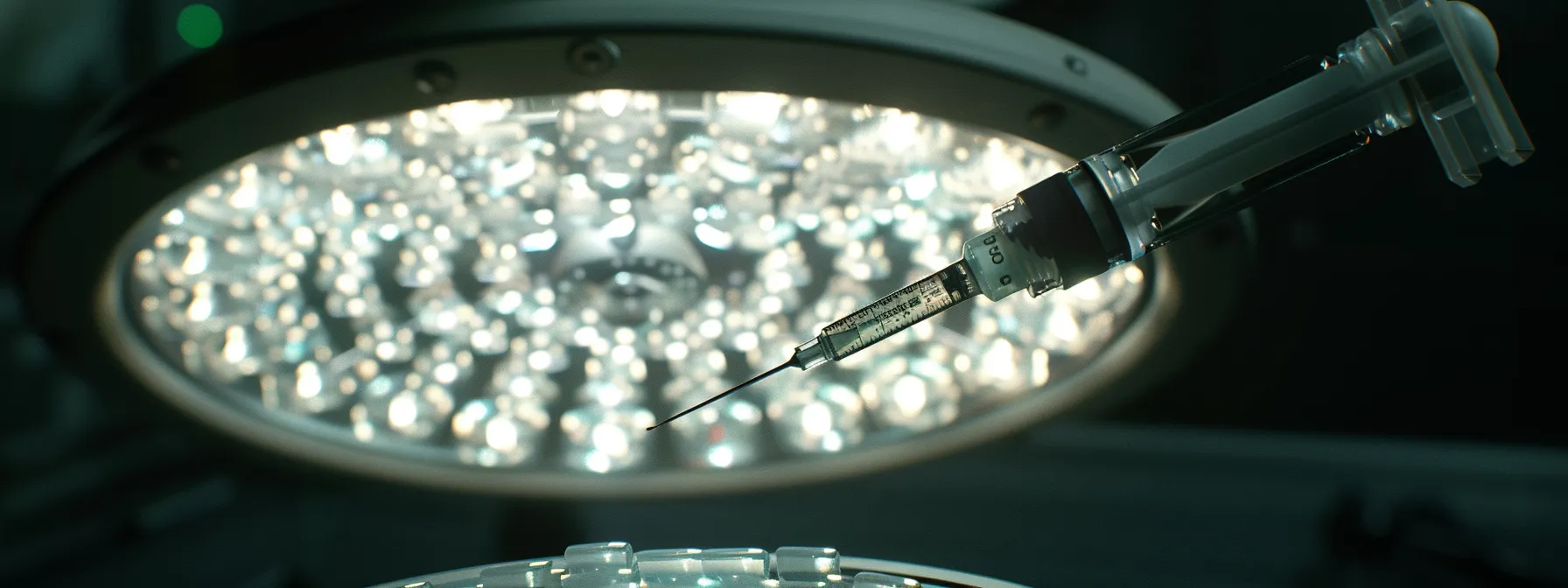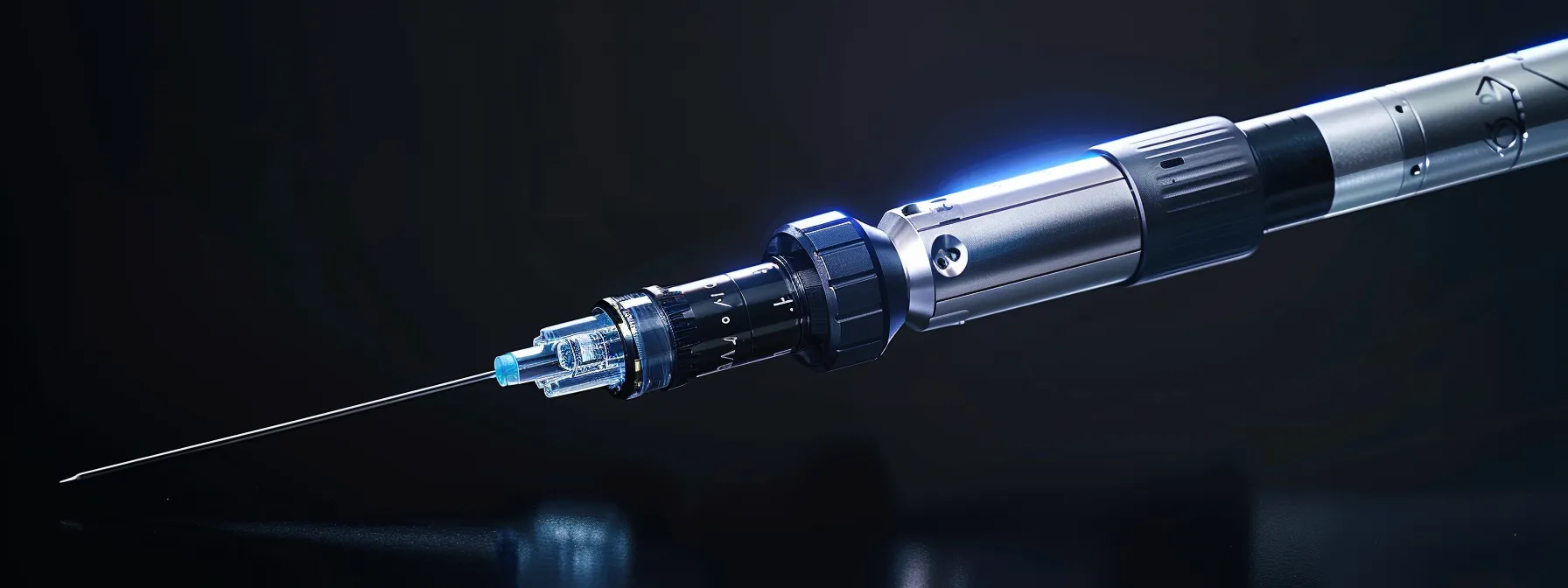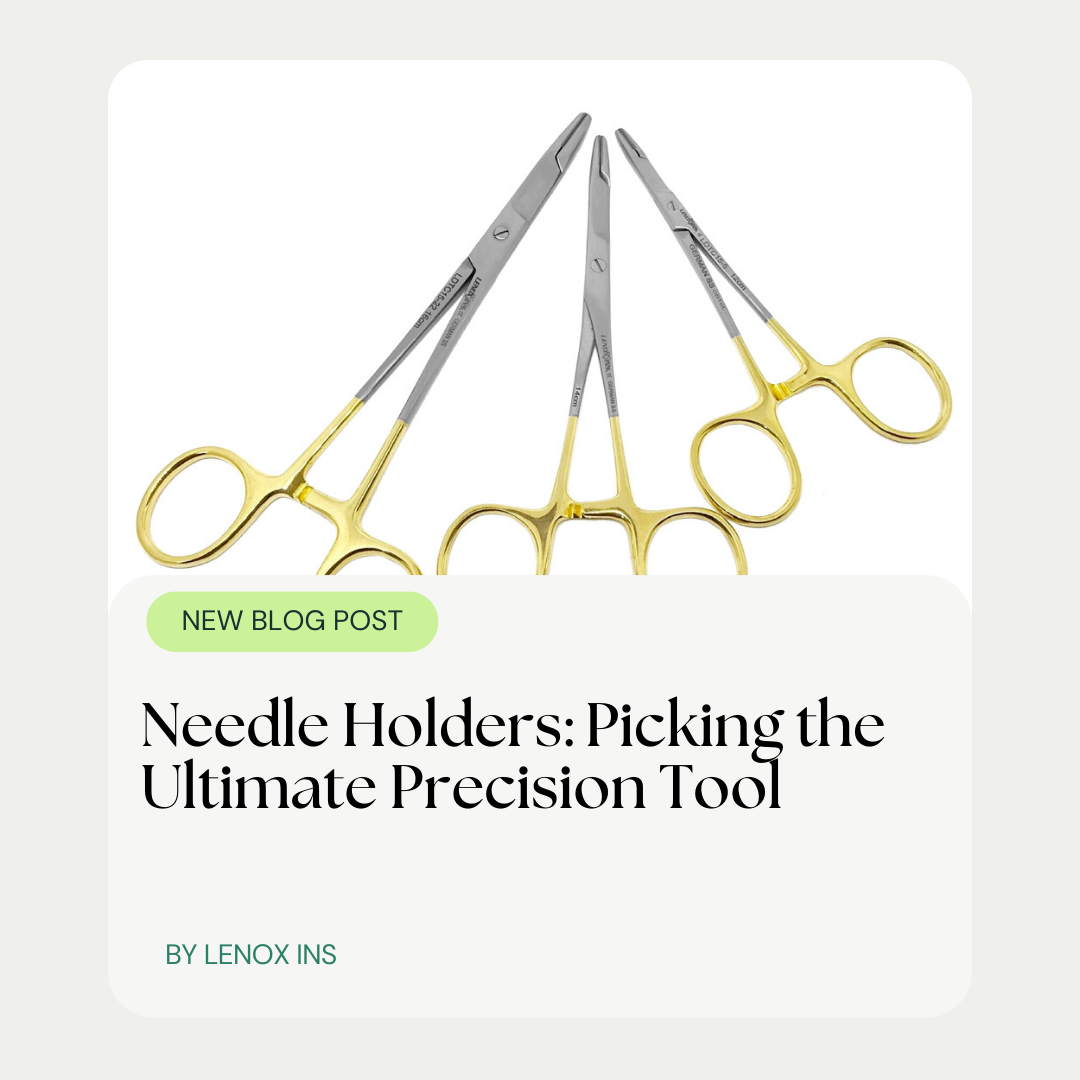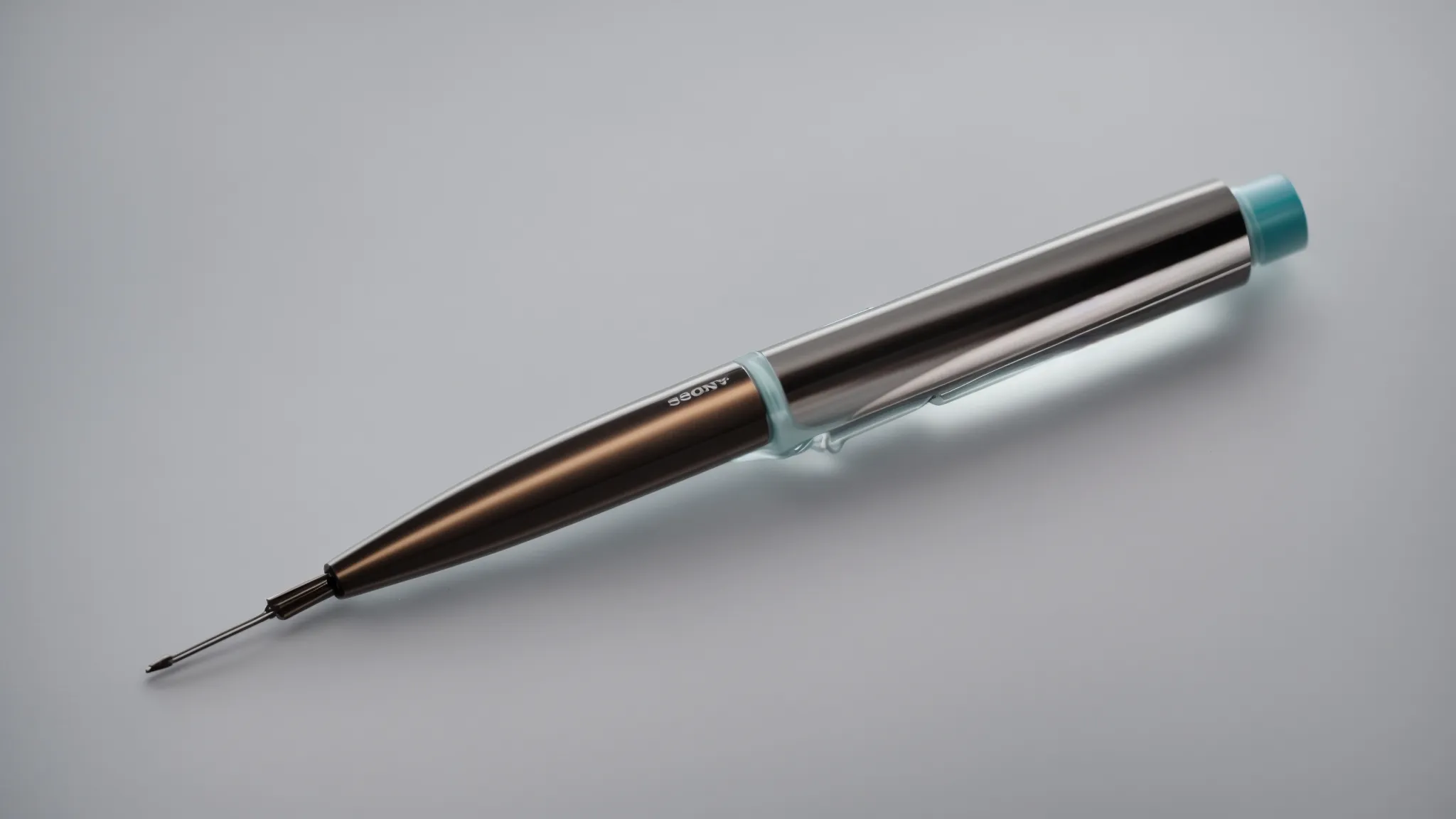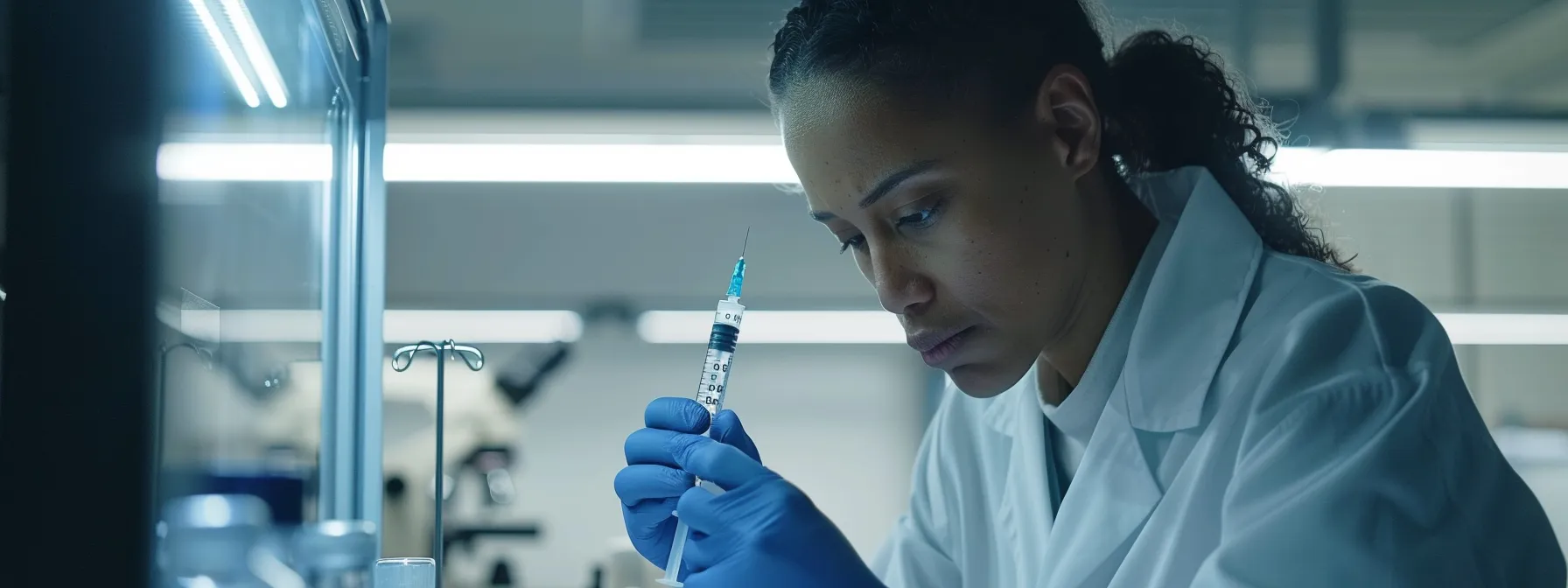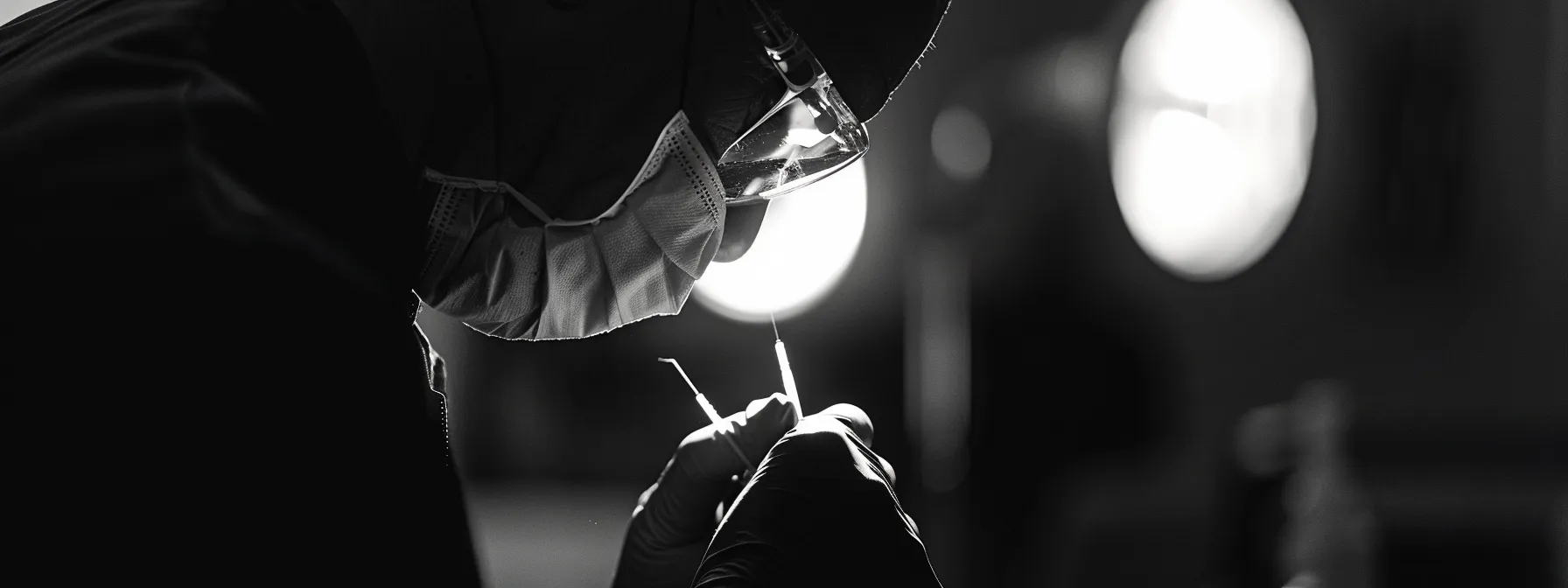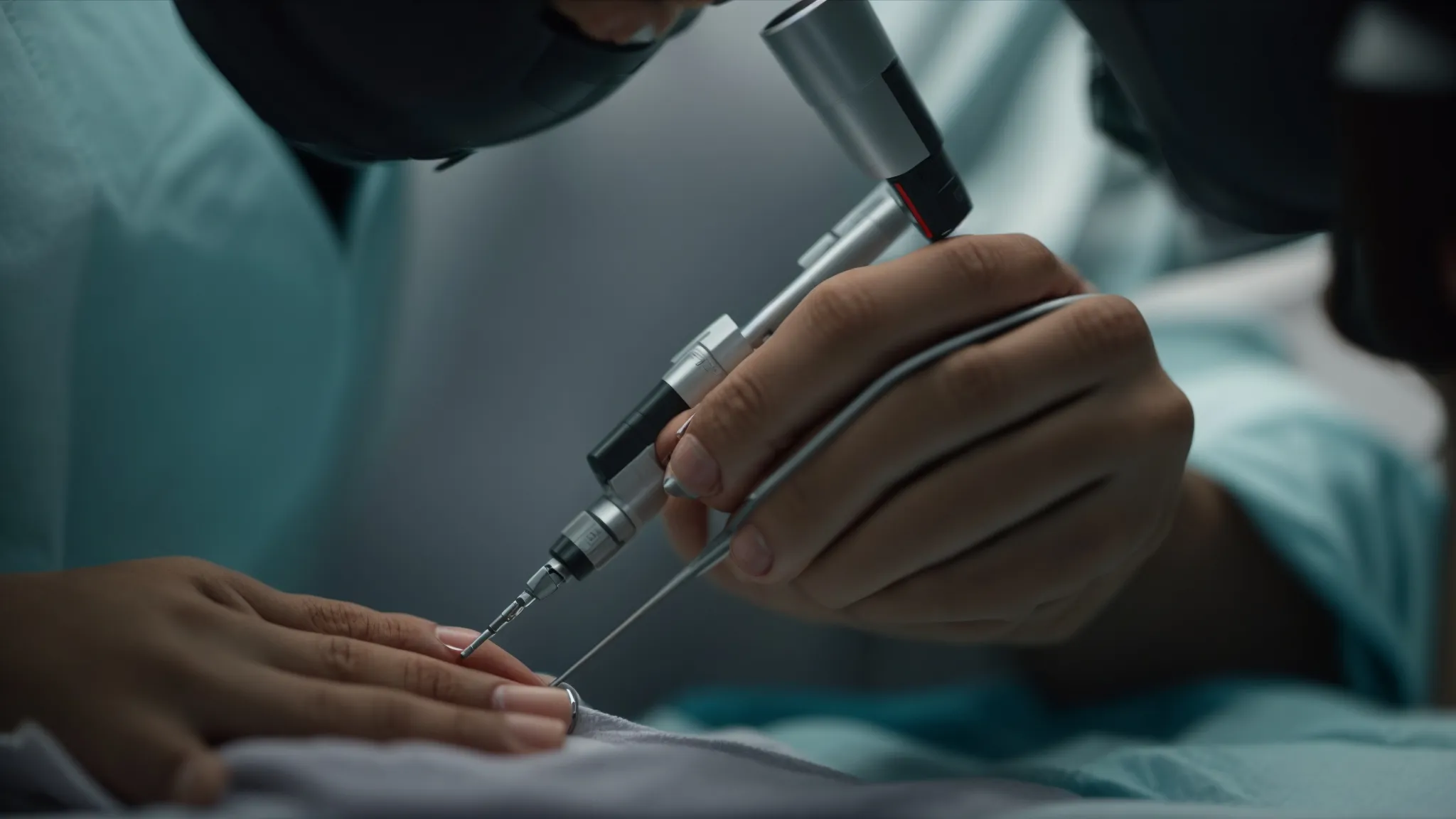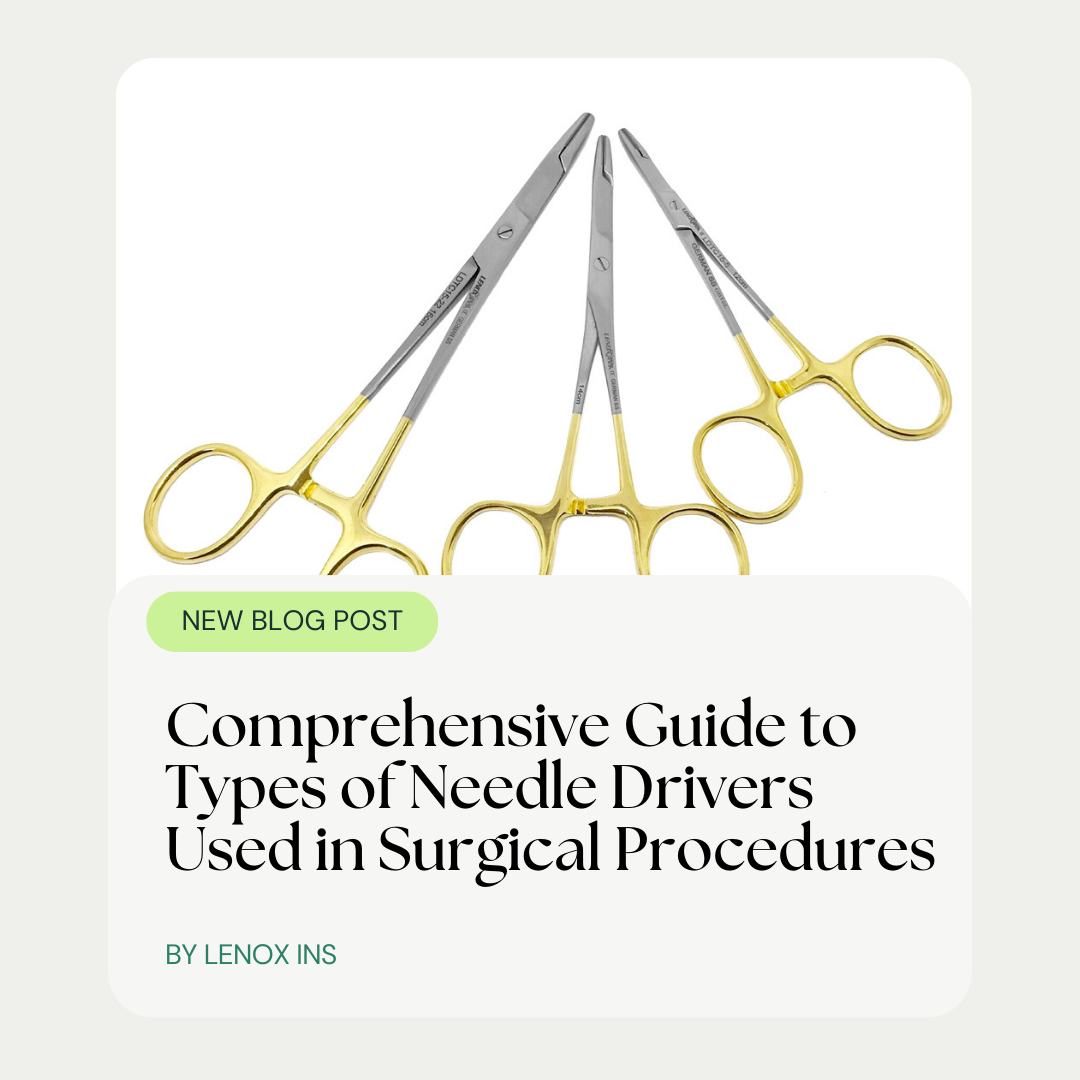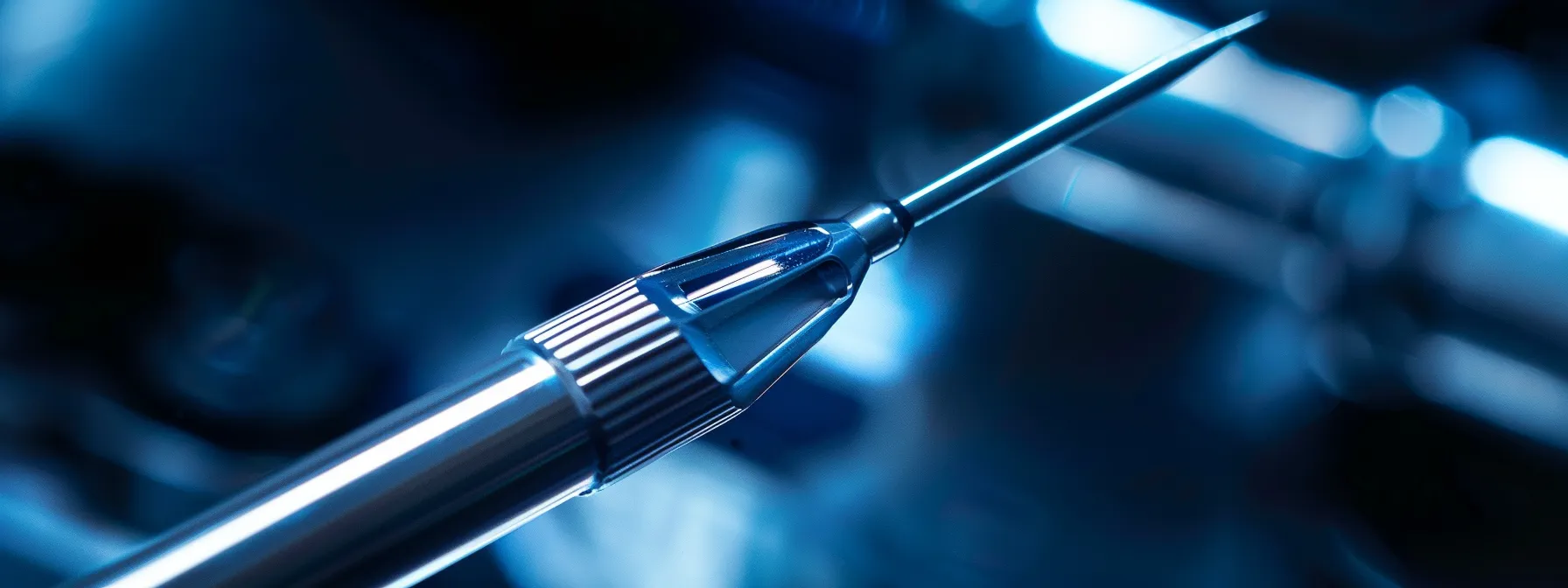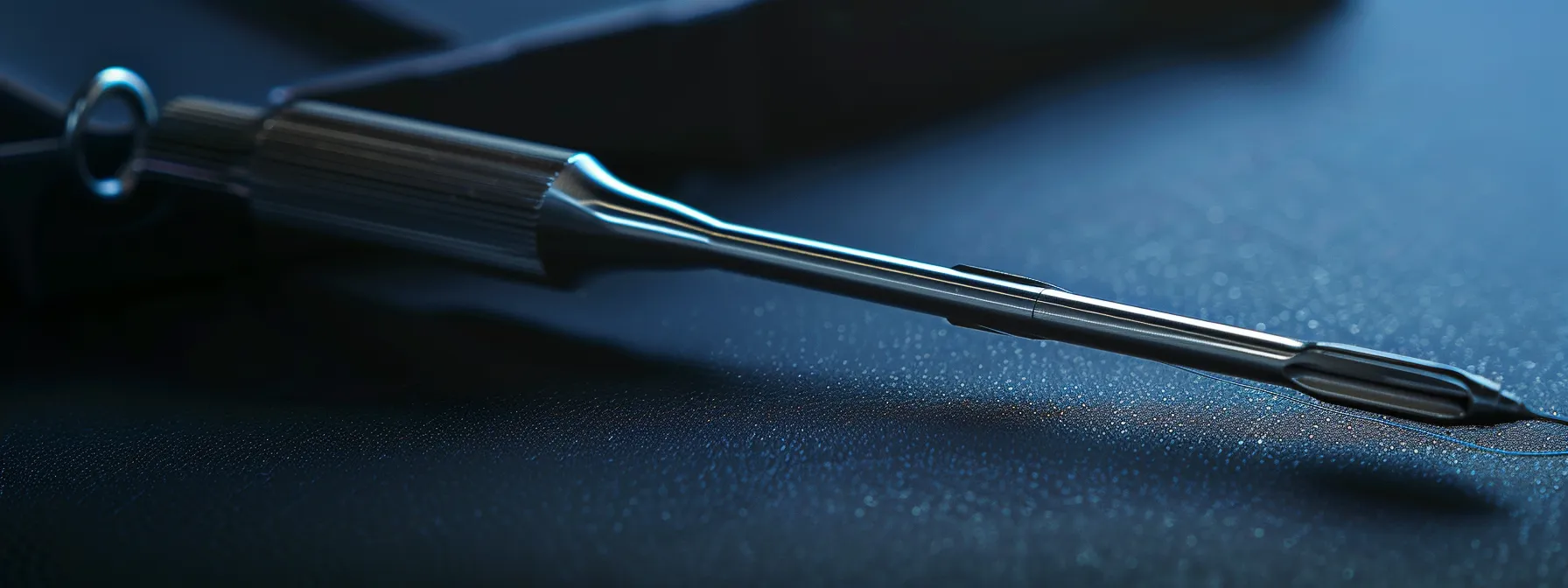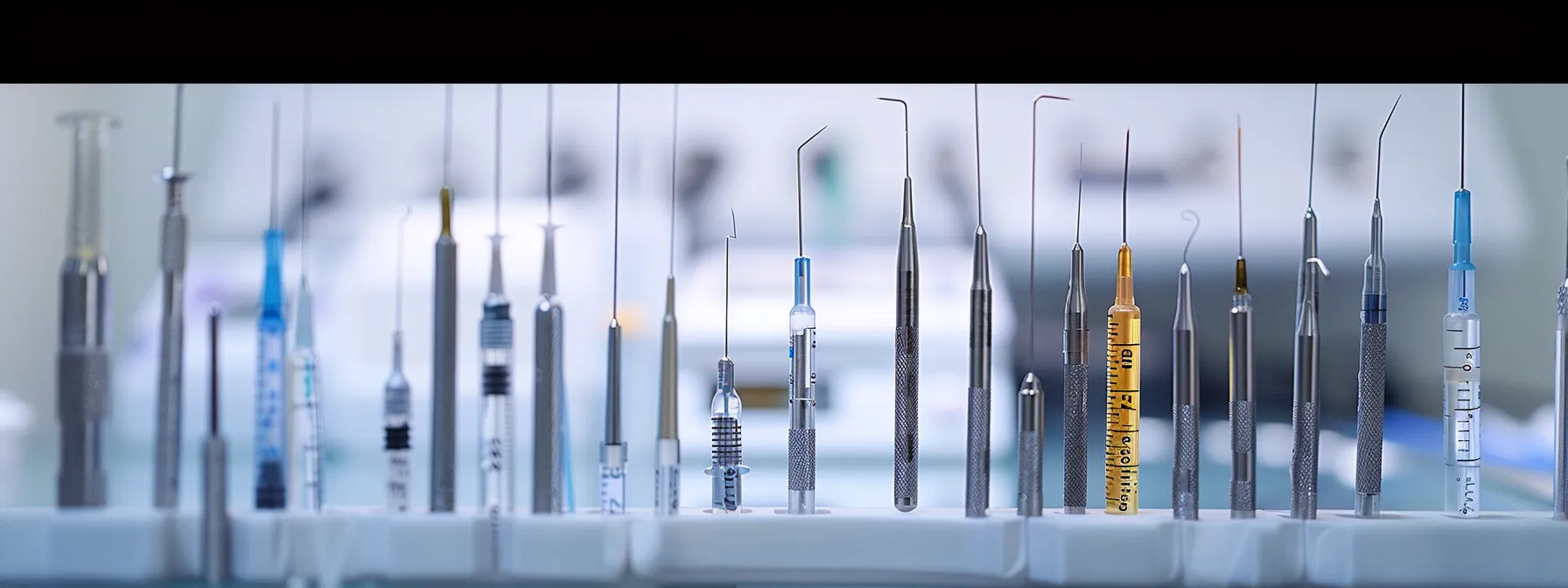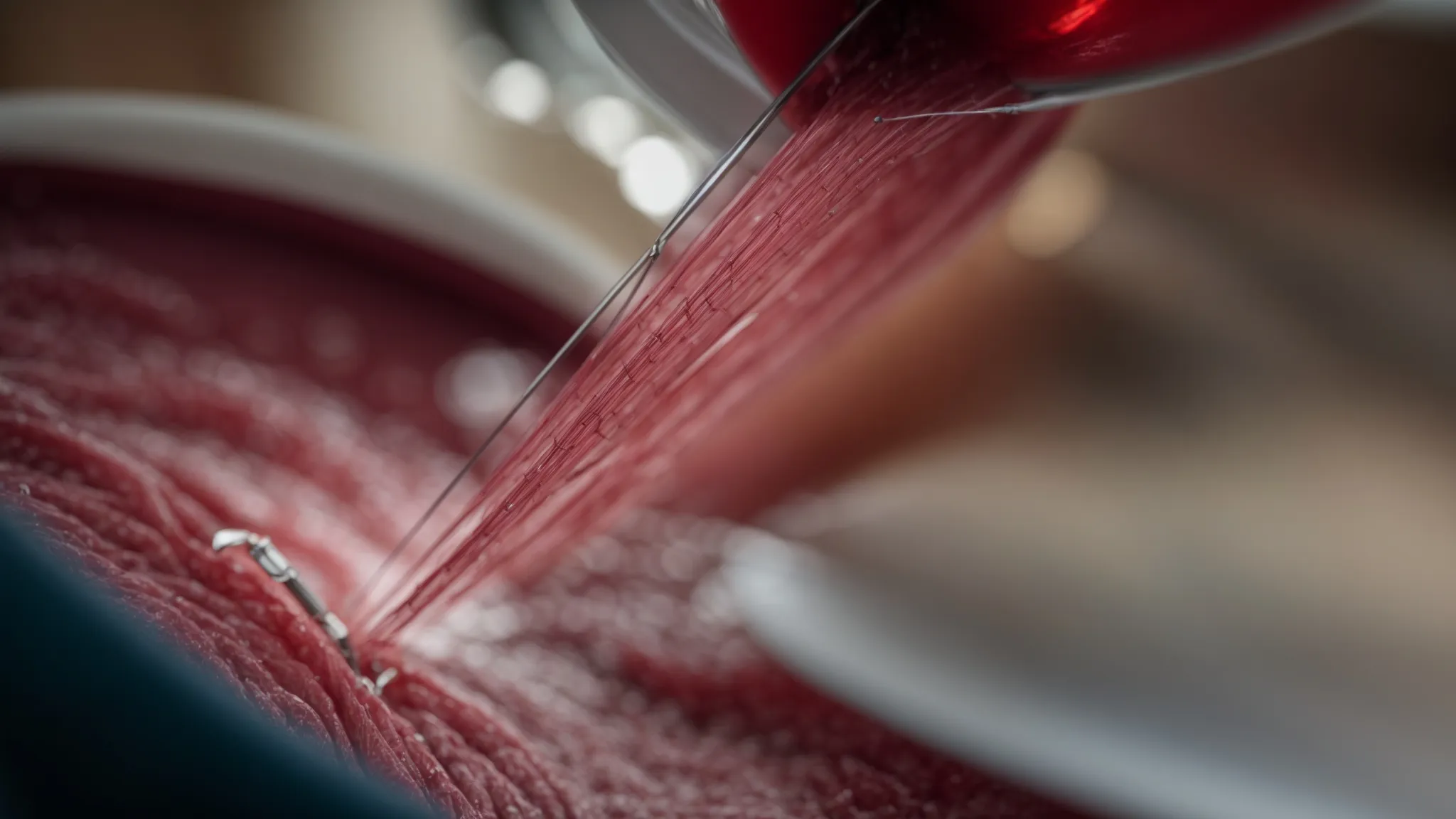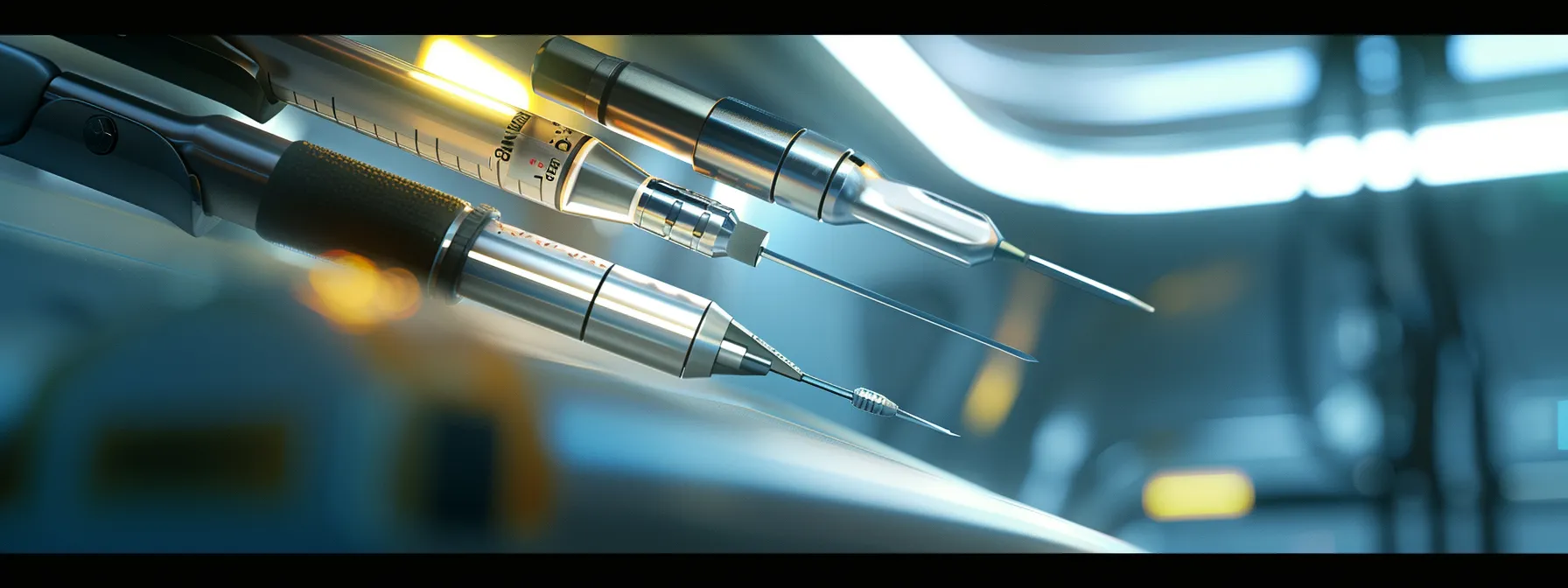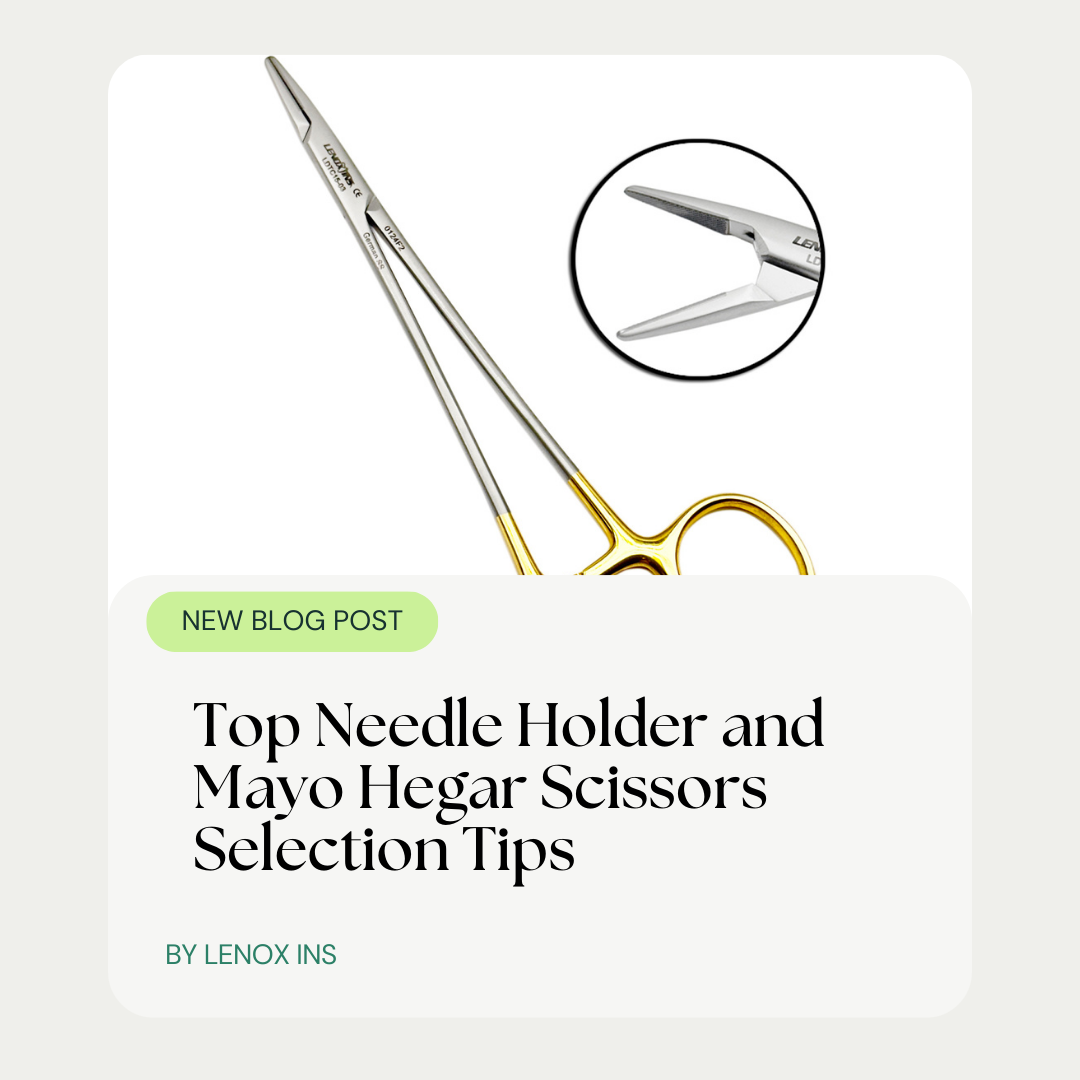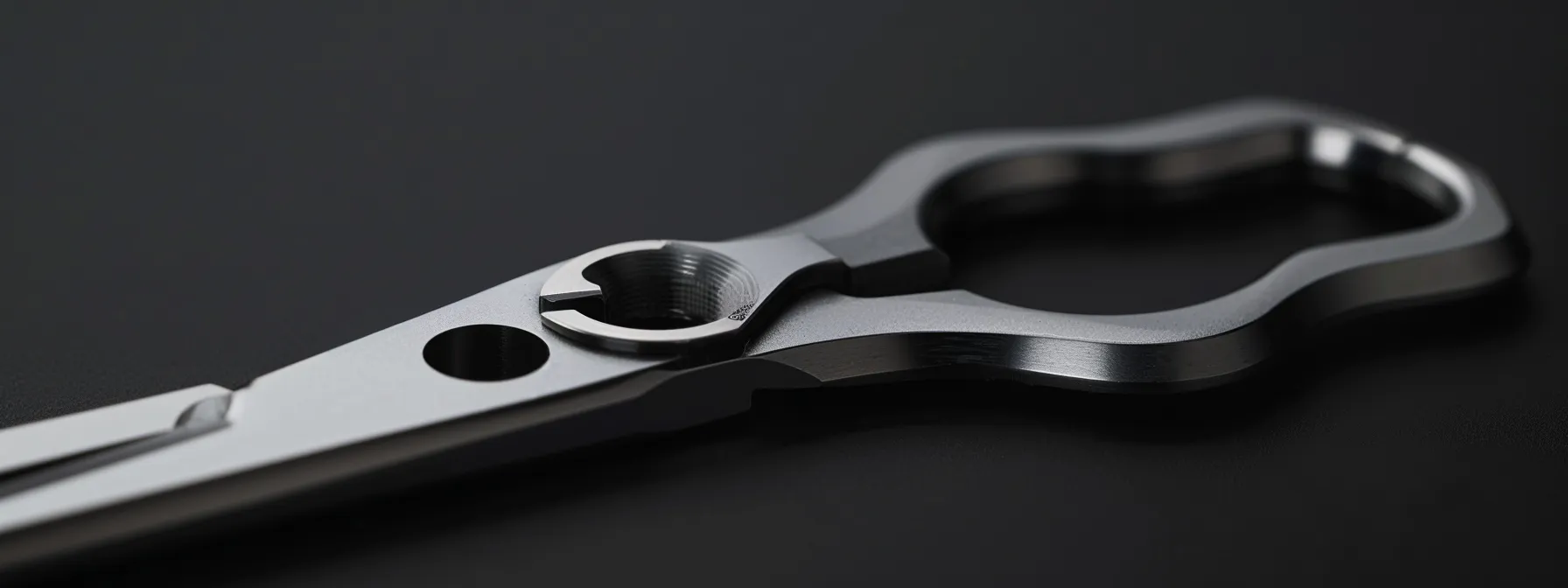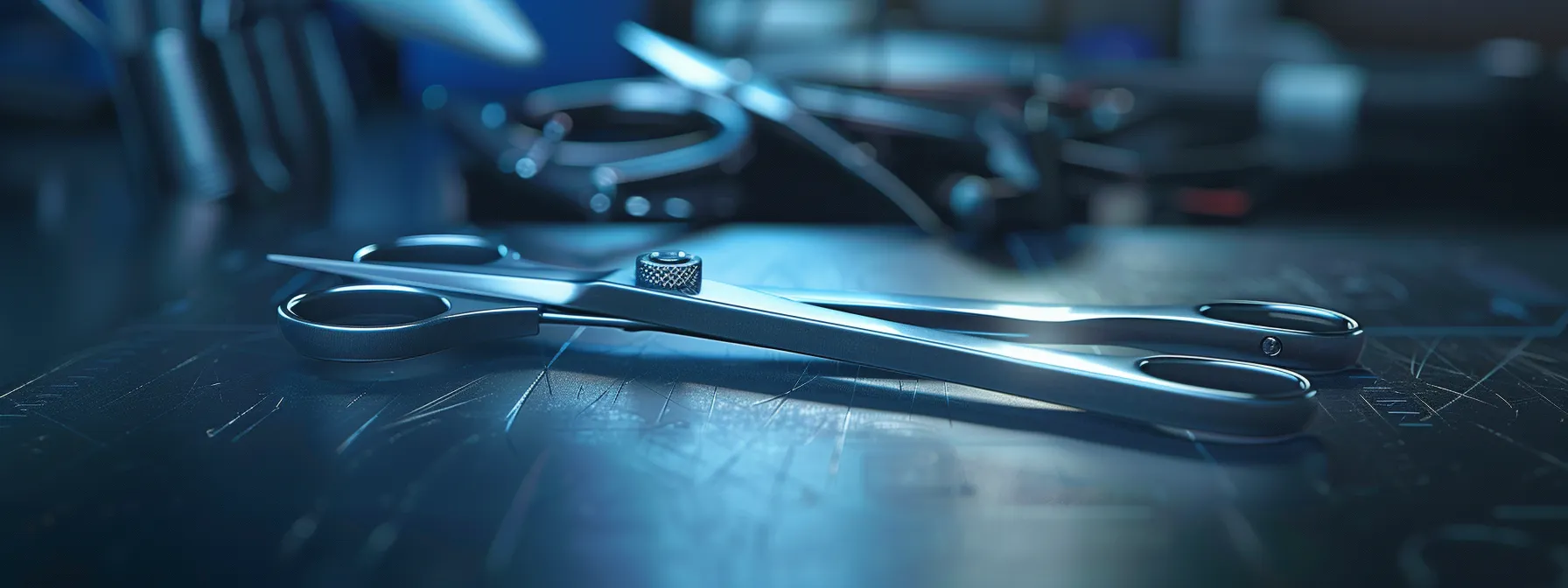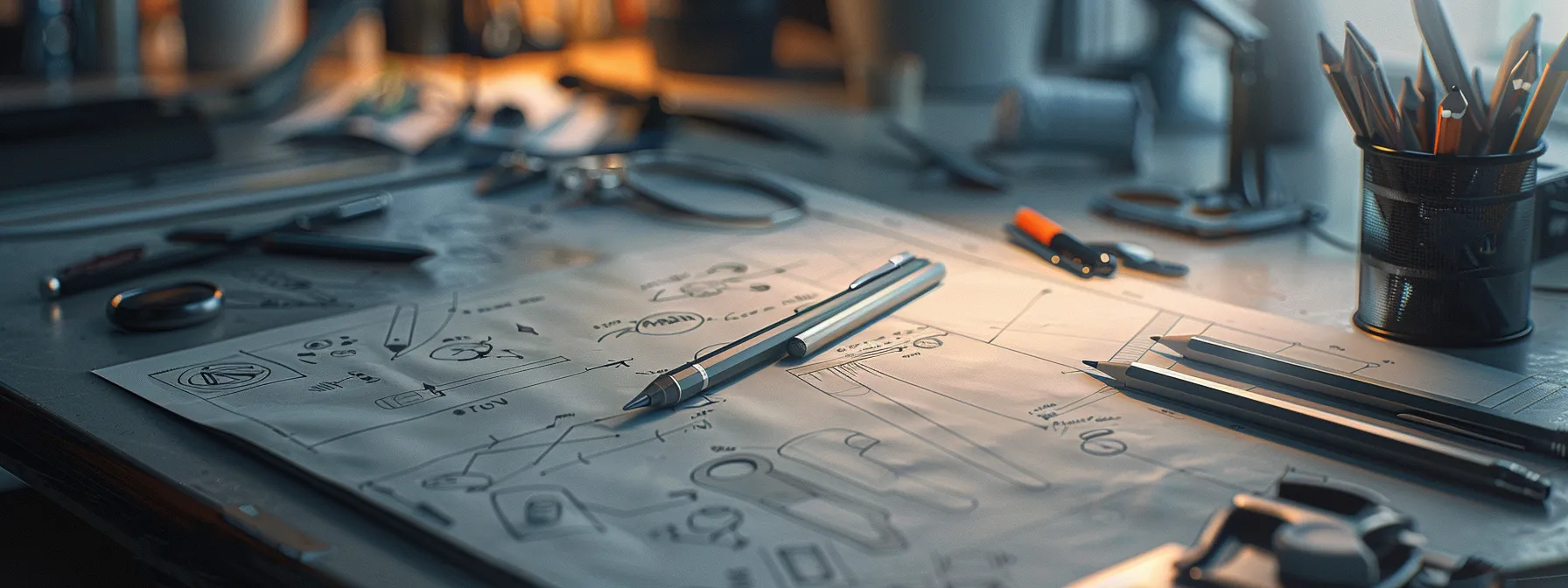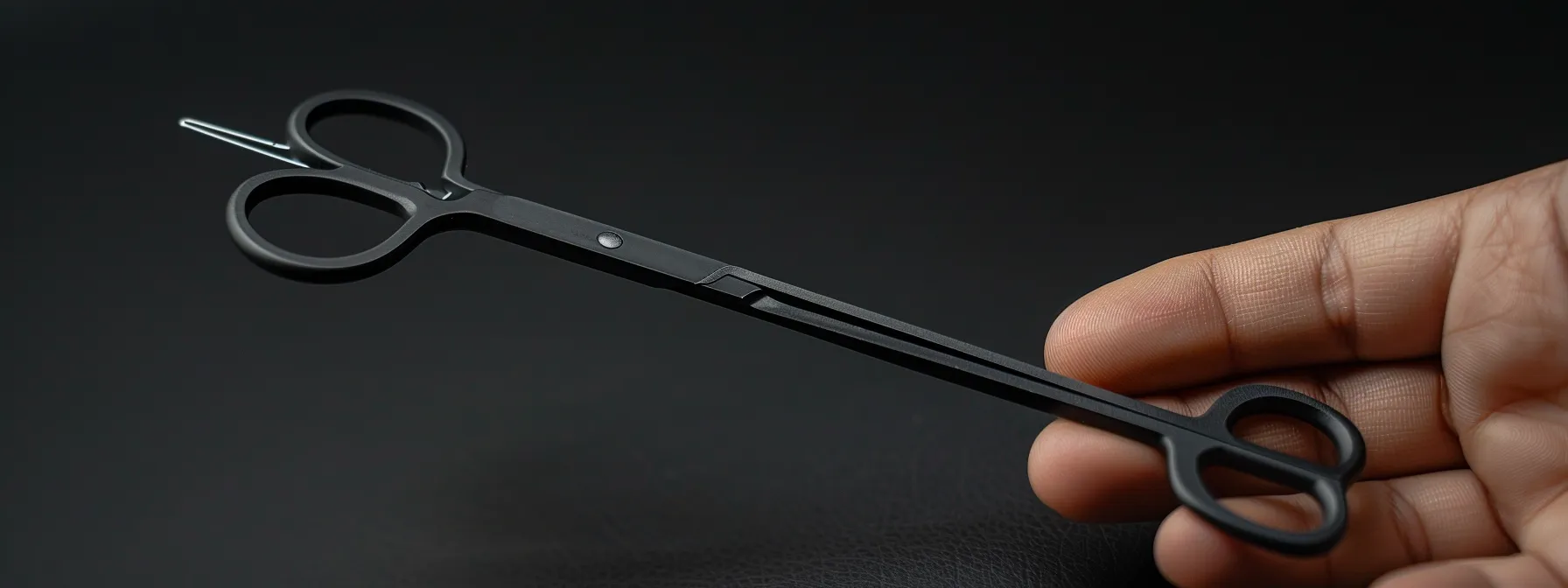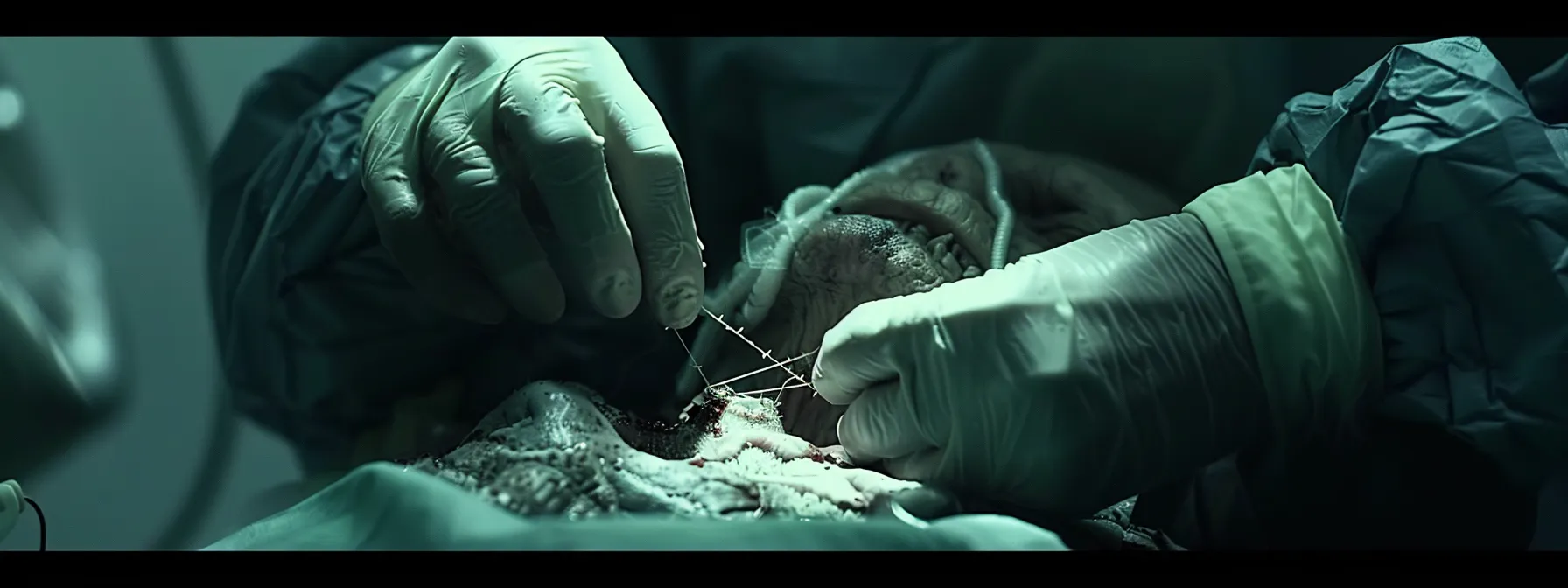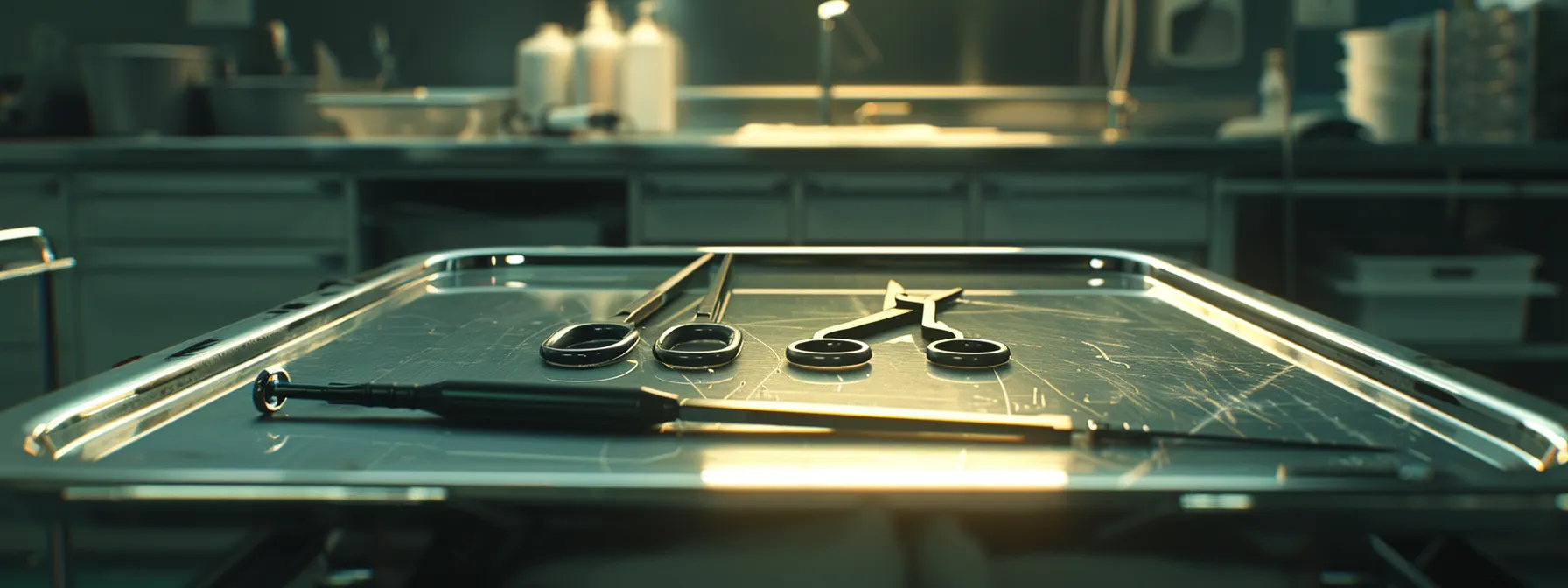Enhance Surgical Precision with Ergonomic Needle Holders
- Posted November 6, 2024
- by lenoxinstro
Surgeons often experience discomfort or fatigue during prolonged procedures. Ergonomic needle drivers aim to reduce these issues by providing better support and grip, particularly for the ring finger during tissue manipulation. This guide will explore the importance of ergonomics in surgical instrumentation, key features to consider when selecting needle drivers, and best practices for maintenance and care. By understanding these elements, surgeons can alleviate pain, enhance their performance, and extend the lifespan of their tools, ultimately leading to improved surgical outcomes. Ergonomic needle drivers
Key Takeaways
- ergonomic needle drivers reduce strain and enhance comfort for surgeons during surgical procedures
- advanced materials like titanium improve performance and reduce fatigue in long surgeries
- selecting the right ergonomic features can significantly impact surgical precision and patient outcomes
- regular maintenance and inspections are vital to ensure the longevity and effectiveness of needle drivers
- specialty-specific designs cater to the unique needs of different surgical fields for optimal performance
Understanding Ergonomic Needle Drivers
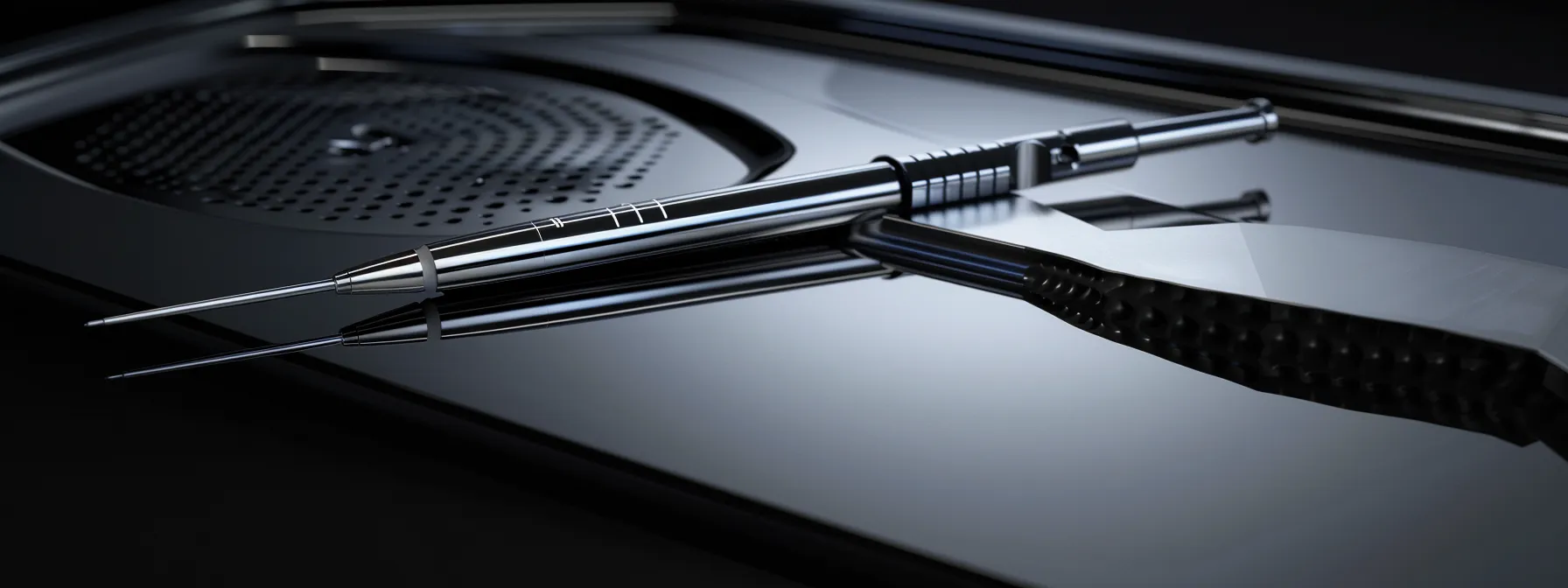
Ergonomic needle drivers are specialized medical devices designed to enhance the efficiency and comfort of surgeons. Understanding their evolution reveals advancements that address common issues, such as carpal tunnel syndrome, experienced by surgical professionals. These instruments, often manufactured from stainless steel, provide significant advantages, including reduced muscle strain and improved performance, as supported by electromyography studies.
Defining Ergonomic Needle Drivers
Ergonomic needle drivers are a category of surgical instruments specifically designed to reduce strain on the user’s body while enhancing usability during procedures. These devices often feature design elements that accommodate the natural position of the elbow and wrist, promoting optimal hand and jaw alignment. By incorporating principles from human factors and ergonomics, these needle drivers help prevent repetitive strain injuries, allowing surgeons to perform tasks with greater comfort and efficiency.
The Evolution of Needle Drivers in Surgical Practice
The evolution of needle drivers in surgical practice has been influenced significantly by advances in technology and the increasing prevalence of minimally invasive techniques, such as neurosurgery and endoscopy. Early needle drivers were often rigid and difficult to maneuver, leading to excess force and strain on surgeons’ hands and wrists. With the introduction of ergonomic designs and materials like tungsten carbide, modern needle drivers are now engineered to enhance precision, reduce discomfort, and promote better performance during complex medical procedures:
| Period | Key Developments | Impact on Surgeons |
|---|---|---|
| Early 20th Century | Traditional needle drivers with rigid designs | High strain and injury rates |
| Late 20th Century | Introduction of ergonomic principles | Reduction in repetitive strain injuries |
| 21st Century | Use of advanced materials (e.g., tungsten carbide) | Improved efficiency and comfort in surgeries |
Advantages of Using Ergonomically Designed Instruments
Ergonomically designed instruments, including needle drivers and forceps, offer a range of advantages that significantly enhance the surgical experience. These tools, often made from durable materials such as stainless steel, are structured to minimize strain on the surgeon‘s hands, especially around the thumb region, which can reduce fatigue during lengthy procedures. By improving comfort and reducing the risk of injury, these instruments not only benefit the surgeon but also contribute to enhanced precision during surgery, ultimately leading to better outcomes for patients.
Ergonomic needle drivers offer a glimpse into the importance of comfort in surgery. Understanding their role leads to a deeper look at how ergonomics shapes all surgical instruments and improves outcomes.
The Role of Ergonomics in Surgical Instrumentation

The role of ergonomics in surgical instrumentation is pivotal in enhancing surgeon performance and patient outcomes. By reducing physical strain on the arm and neck, ergonomic needle drivers alleviate pressure associated with repetitive strain injuries, thereby preventing long-term damage. Additionally, these instruments improve precision and control during procedures, enabling surgeons to execute complex tasks with greater ease and accuracy.
Impact on Surgeon Performance and Patient Outcomes
Research indicates that the selection of ergonomic needle drivers can significantly enhance surgeon performance and patient outcomes. A systematic review of surgical practices shows that instruments designed to minimize injury can lead to increased precision and better control during operations. By alleviating physical discomfort, these ergonomic tools enable surgeons to focus more on the procedure itself, effectively improving both their efficiency and the overall success rates of surgical interventions.
Reducing Physical Strain and Preventing Injury
Reducing physical strain and preventing injury is a critical concern for surgeons, given the high risk of musculoskeletal disorders associated with prolonged use of traditional instruments like needle holders and scissors. Ergonomic needle drivers are specifically designed to minimize strain on the wrists and hands, contributing significantly to decreased fatigue during extended procedures. By adopting these instruments, surgeons can effectively lower their risk of developing painful conditions that may arise from repetitive motions, thereby ensuring longevity in their surgical careers and maintaining high-quality patient care.
Enhancing Precision and Control During Procedures
Ergonomic needle drivers significantly enhance precision and control during general surgery. By reducing stress on the shoulder and wrist, these instruments allow surgeons to maintain a stable grip and execute delicate maneuvers with greater accuracy. Utilizing advanced materials such as titanium, ergonomic designs help alleviate pain and fatigue, enabling medical professionals to focus on intricate tasks without distraction or discomfort. Ergonomic needle drivers
| Aspect | Traditional Instruments | Ergonomic Needle Drivers |
|---|---|---|
| Material | Stainless Steel | Titanium |
| Physical Stress | High | Minimized |
| Pain Levels | Increased | Reduced |
| Precision | Affected by Fatigue | Enhanced Control |
Surgical precision demands tools that feel natural in the hand. Understanding what to look for in needle drivers enhances that aim and sharpens outcomes.
Key Features to Consider When Selecting Needle Drivers
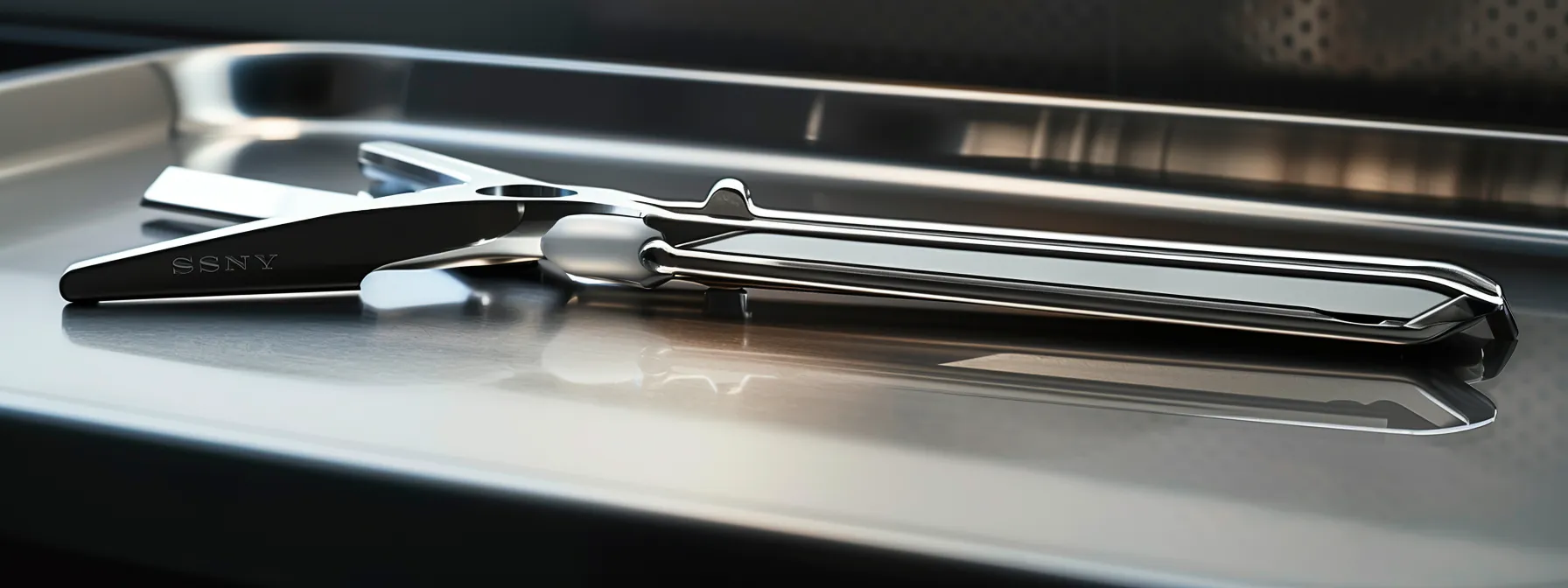
When selecting ergonomic needle drivers, several key features warrant consideration to ensure optimal performance in surgical fields such as plastic surgery and gynaecology. Important aspects include handle design for optimal grip and comfort, material selection for durability and weight balance, jaw configuration and needle compatibility for precision, mechanism efficiency and smooth operation, as well as ease of sterilization and maintenance. Understanding these features will aid surgeons in choosing the right instruments, like the ratchet-style webster needle holder, that enhance both comfort and surgical outcomes.
Handle Design for Optimal Grip and Comfort
Handle design plays a crucial role in achieving optimal grip and comfort for surgeons using ergonomic needle drivers. A well-designed handle considers the natural position of the hand and supports the thenar eminence, significantly reducing the risk of strain on the upper limb during extended procedures. By facilitating smoother motion and minimizing fatigue, these handles allow medical professionals to maintain precision and control, ultimately enhancing surgical performance and patient safety.
Material Selection for Durability and Weight Balance
Material selection for ergonomic needle drivers is vital for ensuring durability and optimal weight balance during surgical procedures, particularly in techniques like laparoscopy. Surgical professionals should consider materials such as high-grade stainless steel or titanium, which offer a favorable combination of strength and lightweight characteristics. An evaluation of existing literature on PubMed Central highlights that proper material choice can reduce wrist strain and enhance control, ultimately improving performance when manipulating delicate organs during surgery. Needle Holder
Jaw Configuration and Needle Compatibility
Jaw configuration and needle compatibility are critical factors when selecting an ergonomic needle driver. A well-designed jaw can greatly enhance a surgeon’s ability to manipulate various needle types and sizes, reducing fatigue in the forearm and promoting better control during intricate procedures. Surgeons should assess the jaw’s design, including its curvature and tension, to ensure it suits their specific needs and matches the types of sutures they regularly work with, ultimately leading to improved surgical outcomes.
Mechanism Efficiency and Smooth Operation
The mechanism efficiency and smooth operation of ergonomic needle drivers play a crucial role in surgical performance. Surgeons benefit from designs that allow for easy activation and consistent movement, reducing the likelihood of errors during procedures. Selecting needle drivers with a well-engineered mechanism enhances control, enabling smoother transitions between tasks and minimizing the chance of hand fatigue.
- Importance of mechanism efficiency for control
- Impact of smooth operation on precision
- Reduction of hand fatigue through effective design
Ease of Sterilization and Maintenance
The ease of sterilization and maintenance is a crucial factor when selecting ergonomic needle drivers. Instruments designed for straightforward cleaning processes minimize downtime between procedures, ensuring that surgical teams can maintain high standards of hygiene without unnecessary delays. Surgeons should consider needle drivers that are compatible with standard sterilization techniques, as this enhances efficiency and promotes a safe operating environment, ultimately benefiting patient care.
Understanding the key features of needle drivers sets a solid foundation. Next, examining different types of ergonomic needle drivers reveals which designs enhance comfort and efficiency for the user.
Comparing Different Types of Ergonomic Needle Drivers
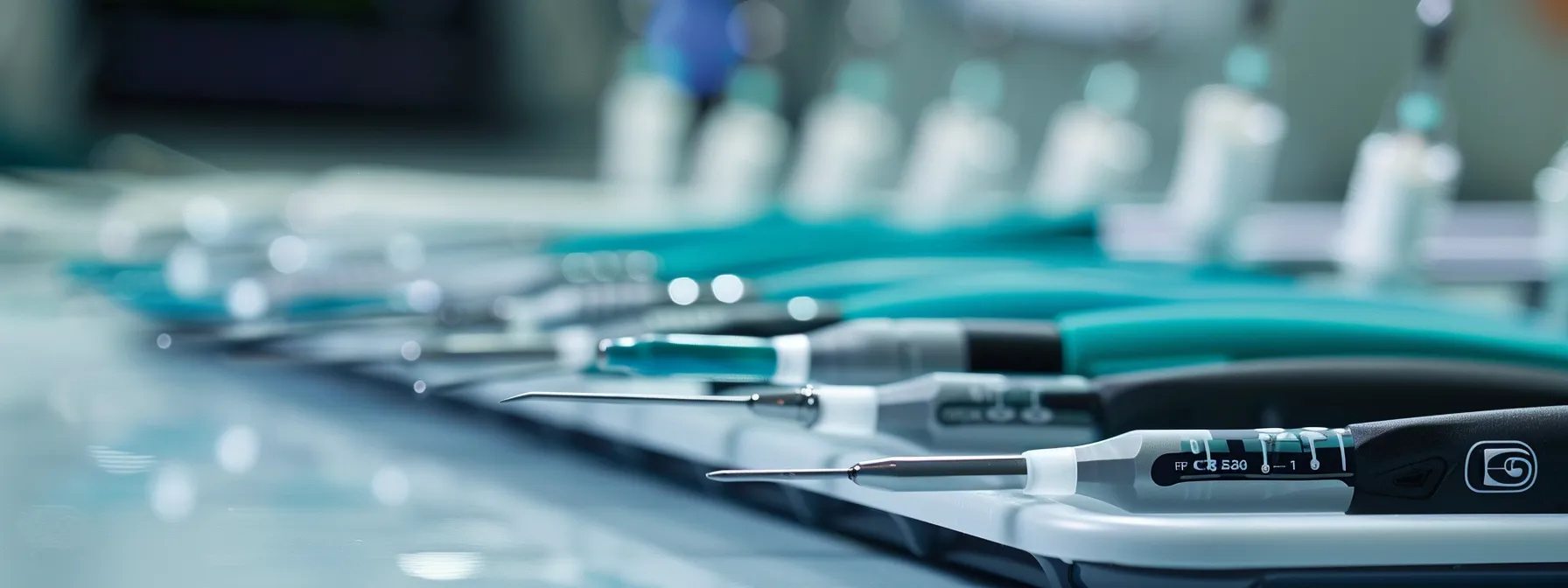
Understanding the various types of ergonomic needle drivers is essential for surgeons aiming to enhance their surgical practice. This section provides an overview of common ergonomic designs that prioritize comfort and usability. It also explores specialty-specific needle driver variations tailored for different surgical fields and highlights the latest innovations and technological advancements, ensuring medical professionals make informed choices for optimal performance. For more details on surgical instruments, consider exploring ergonomic needle drivers.
Overview of Common Ergonomic Designs
Surgeons can select from various common ergonomic needle driver designs that prioritize comfort and performance. These designs often feature curved handles, padded grips, and balanced weight distributions that help reduce strain on the hands and wrists. For instance, models with a ratchet mechanism allow for a secure grip with less effort, facilitating smoother movements through intricate surgical tasks.
| Design Feature | Description | Benefit |
|---|---|---|
| Curved Handles | Handles shaped to fit the natural grasp of the hand | Reduced wrist strain and enhanced comfort |
| Padded Grips | Soft material covering the handles | Increased comfort and decrease hand fatigue |
| Ratchet Mechanism | A secure locking feature for the needle | Better control and reduced effort required during operations |
Specialty-Specific Needle Driver Variations
Specialty-specific needle driver variations are engineered to meet the unique demands of various surgical fields, enhancing performance and comfort for surgeons. For instance, in plastic surgery, needle drivers may feature finer jaws to accommodate delicate suturing techniques, while in gynecology, they are often designed with enhanced grip to secure needles in tight spaces. Understanding these nuances allows surgeons to select the most appropriate ergonomic needle drivers that effectively reduce strain and improve surgical outcomes in their specialty.
- Plastic surgery needle drivers: Designed with finer jaws for delicate procedures.
- Gynecological needle drivers: Enhanced grip for use in confined areas.
- Orthopedic needle drivers: Typically feature robust construction for handling heavier materials.
- Cardiac needle drivers: May incorporate specific shapes to work around complex anatomy.
Innovations and Technological Advancements
Innovations in ergonomic needle drivers have focused on integrating advanced materials and smart technologies to enhance functionality and user comfort. Recent developments include tools designed with lightweight composites that reduce hand fatigue, along with sensors that provide real-time feedback on grip pressure and angle during use. These technological advancements not only promote better surgical precision but also address the physical demands placed on surgeons, ultimately leading to improved outcomes for both medical professionals and their patients.
Choosing the right tool can make all the difference in surgery. The next steps reveal how to find the needle driver that meets your specific needs.
Choosing the Right Needle Driver for Your Surgical Needs

Choosing the right needle driver for surgical needs involves assessing specific surgical requirements and personal preferences. Surgeons should evaluate instrument performance through practical trials and consult peer reviews and expert recommendations. Additionally, balancing cost with quality and longevity is essential to ensure that selected ergonomic needle drivers enhance surgical efficiency and comfort.
Assessing Surgical Requirements and Preferences
Assessing surgical requirements and preferences is a critical step for surgeons seeking the ideal ergonomic needle driver. Each surgical procedure demands specific functionalities; thus, professionals must consider factors such as the type of sutures used and the surgical environment. By trialing various needle drivers and gathering feedback from colleagues, surgeons can identify instruments that not only enhance their effectiveness but also align with their personal comfort and handling preferences. Castroviejo needle holders
Evaluating Instrument Performance Through Trials
Evaluating instrument performance through trials is a crucial practice for surgeons when selecting ergonomic needle drivers. Conducting hands-on assessments allows surgeons to gauge the comfort, control, and overall functionality of the instruments in real-time surgical scenarios. Feedback from these trials can reveal how well a needle driver minimizes physical strain and enhances precision, directly impacting surgical outcomes:
- Test various ergonomic designs during simulated surgeries.
- Gather peer feedback on usability and comfort levels.
- Assess specific needle compatibility and grip mechanisms.
Consulting Peer Reviews and Expert Recommendations
Consulting peer reviews and expert recommendations plays a vital role in selecting the most appropriate ergonomic needle drivers for surgical applications. Engaging with seasoned professionals and exploring feedback from fellow surgeons can provide invaluable insights into the performance and reliability of various instruments. Surgeons are encouraged to review clinical studies, as well as attend workshops and conferences where ergonomic device discussions occur, to ensure they are making informed decisions that align with best practices and personal preferences:
- Seek opinions from experienced colleagues about their favorite needle drivers.
- Examine published reviews from reputable medical journals regarding instrument effectiveness.
- Request demonstrations of different ergonomic designs during training sessions.
Balancing Cost With Quality and Longevity
When selecting ergonomic needle drivers, surgeons must balance cost with quality and longevity to ensure a wise investment. While more affordable options may initially seem appealing, they often lack the durability and performance features necessary for a demanding surgical environment. Surgeons should be aware that opting for high-quality instruments, although potentially pricier, often results in better handling, less fatigue, and reduced long-term costs associated with frequent replacements:
| Cost Consideration | Quality Aspect | Longevity Factor |
|---|---|---|
| Initial price | Material durability | Longer lifespan of the instrument |
| Maintenance costs | Performance consistency | Fewer replacements needed |
| Value over time | Ergonomic design features | Increased efficiency |
Once the right needle driver is in hand, attention shifts to its upkeep. Proper care ensures that the tool performs its best when it matters most, making maintenance essential.
Best Practices for Maintenance and Care
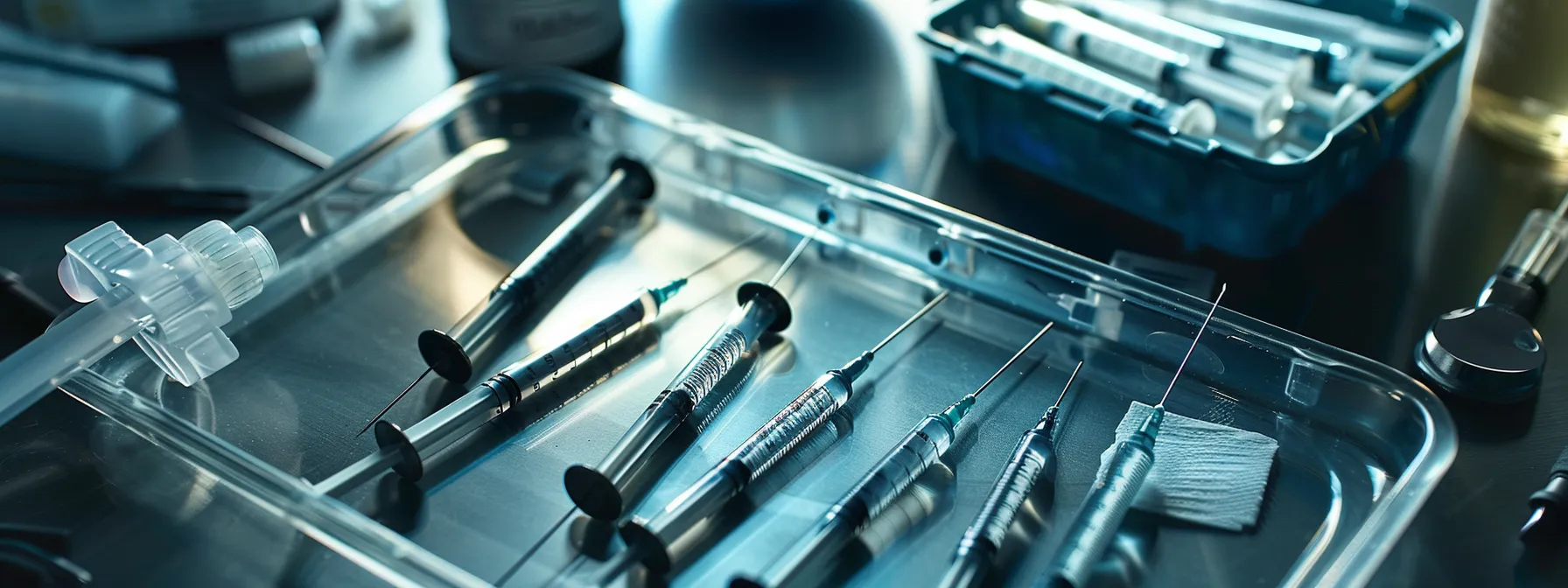
Proper maintenance and care of ergonomic needle drivers are crucial for ensuring their effectiveness and longevity. This section covers essential practices such as proper cleaning and sterilization procedures, regular inspection for wear and damage, and tips for prolonging instrument lifespan. Additionally, it addresses how to know when to repair or replace equipment, ensuring optimal performance during surgical procedures. For specialized surgical instruments, consider exploring options like the Castroviejo needle holders.
Proper Cleaning and Sterilization Procedures
Proper cleaning and sterilization procedures for ergonomic needle drivers are essential to ensure their effectiveness and safety in surgical settings. Surgeons should follow manufacturer guidelines for cleaning, typically involving thorough washing with enzymatic cleaners, followed by rinsing and drying to prevent corrosion. Regular sterilization using methods like autoclaving is crucial to eliminate all contaminants, reinforcing patient safety and maintaining the longevity of the instruments:
- Follow manufacturer’s cleaning instructions for optimal maintenance.
- Use enzymatic cleaners to effectively remove organic debris.
- Ensure complete sterilization through established protocols like autoclaving.
Regular Inspection for Wear and Damage
Regular inspection for wear and damage is vital for maintaining the effectiveness of ergonomic needle drivers. Surgeons should conduct routine assessments to identify any signs of wear, including frayed grips or misaligned jaws, which can compromise the instrument’s functionality and precision during procedures. Establishing a systematic inspection schedule fosters a proactive approach, ensuring these critical tools remain in optimal condition and supporting the overall quality of surgical care:
| Inspection Focus | Signs of Damage | Impact on Performance |
|---|---|---|
| Grip Condition | Fraying or cracks | Reduced comfort and control |
| Jaw Alignment | Misalignment or chips | Impaired precision during suturing |
| Spring Mechanism | Weakness or stiffness | Inconsistent needle handling |
Tips for Prolonging Instrument Lifespan
To prolong the lifespan of ergonomic needle drivers, it is essential to practice proper handling and storage. Surgeons should ensure that instruments are stored in a dedicated case to prevent accidental damage and should be handled with care to avoid dropping or excessive force during use. Regularly following the manufacturer’s maintenance recommendations, such as cleaning procedures and scheduled inspections, will further help maintain their functionality and prevent costly replacements, thereby supporting efficient surgical practices.
Knowing When to Repair or Replace Equipment
Knowing when to repair or replace ergonomic needle drivers is vital for maintaining surgical precision and safety. Surgeons should frequently assess instruments for signs of wear, such as compromised grip or misaligned jaws, which can impact functionality and lead to increased strain during use. If a needle driver exhibits significant defects or declines in performance, it may be time for professional repair or replacement to ensure continued effectiveness in the surgical setting:
- Inspect instruments regularly for wear and damage.
- Assess performance to ensure it meets surgical demands.
- Consider replacement if functionality significantly deteriorates.
Conclusion
Ergonomic needle drivers are crucial tools that significantly enhance surgical performance and reduce the risk of injuries among surgeons. By prioritizing design features such as handle comfort, material durability, and jaw configuration, these instruments allow for improved precision and reduced physical strain during procedures. Surgeons must carefully assess their specific needs and select the right ergonomic needle drivers to optimize their practice and enhance patient outcomes. By investing in high-quality ergonomic instruments, medical professionals promote not only their own well-being but also the overall success of surgical interventions. Ergonomic needle drivers

